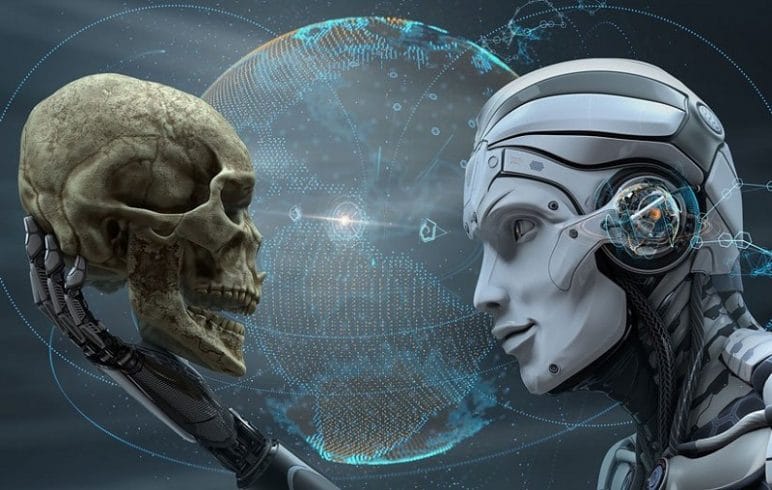
Creating Compelling Chatbot Personalities
In today’s digital age, chatbots are becoming an integral part of customer service, personal assistance, and online interaction. To stand out in a crowded market, it’s essential to design chatbots with compelling personalities. A chatbot’s personality can significantly impact user engagement, satisfaction, and overall experience. This article delves into the strategies and considerations for creating compelling chatbot personalities.

1. Understanding the Importance of Chatbot Personalities
a. Enhancing User Engagement
A chatbot with a distinct and appealing personality can make interactions more enjoyable, encouraging users to engage more frequently and for longer periods.
b. Building Brand Identity
A well-designed chatbot personality reflects and reinforces a brand’s identity. It can convey the brand’s values, tone, and style, creating a cohesive user experience across different platforms.
c. Improving User Trust and Satisfaction
Personalized interactions foster trust and satisfaction. Users are more likely to trust and feel satisfied with a chatbot that seems relatable and empathetic.
2. Key Elements of Chatbot Personalities
a. Voice and Tone
- Voice: The voice of the chatbot refers to its overall style of communication. Is it formal, casual, professional, or playful?
- Tone: The tone can vary depending on the context of the conversation. It includes the emotional inflection and attitude the chatbot conveys.
b. Language and Vocabulary
The choice of words, phrases, and language complexity should align with the target audience. For instance, a chatbot for a tech-savvy audience may use more technical jargon, while one for general customer service should use simple, clear language.
c. Emotional Intelligence
Emotional intelligence allows the chatbot to recognize and respond appropriately to the user’s emotional state. This involves empathy, politeness, and the ability to handle frustration or confusion.
d. Consistency
Maintaining a consistent personality across all interactions is crucial. This consistency helps in building a recognizable and reliable presence.
3. Designing Chatbot Personalities
a. Defining the Personality
Start by defining the chatbot’s personality traits. Use questions like:
- What are the core values of the chatbot?
- How does it perceive the world?
- How does it react under pressure?
- What are its strengths and weaknesses?
b. Creating a Persona Profile
Develop a detailed persona profile that includes:
- Name and Background: Giving the chatbot a name and a backstory can make it more relatable.
- Demographics: Age, gender, and other demographic factors can influence language and tone.
- Interests and Hobbies: These can be woven into conversations to make the chatbot seem more human.
c. Scriptwriting and Dialogue Design
Write scripts that reflect the chatbot’s personality. Consider different scenarios and how the chatbot would respond in each. Use natural language processing (NLP) to make the interactions fluid and human-like.
d. Testing and Iteration
Continuously test the chatbot with real users to gather feedback. Iterate on the personality traits and dialogues based on user responses and engagement metrics.
4. Examples of Successful Chatbot Personalities
a. Siri (Apple)
Siri is known for its witty and humorous personality. It uses a friendly and approachable tone, often incorporating jokes and casual language.
b. Alexa (Amazon)
Alexa has a more practical and helpful personality, with a calm and professional tone. It focuses on providing accurate information and assisting with tasks.
c. Woebot
Woebot, a mental health chatbot, has a warm and empathetic personality. It uses supportive language and actively listens to users’ concerns.
5. Challenges in Creating Chatbot Personalities
a. Balancing Personality and Functionality
While a strong personality is important, it should not overshadow the chatbot’s primary functions. Striking the right balance is crucial.
b. Cultural Sensitivity
Chatbots may interact with users from diverse cultural backgrounds. Ensuring that the personality is culturally sensitive and inclusive is essential.
c. Avoiding Uncanny Valley
If a chatbot’s personality is too human-like, it can enter the “uncanny valley,” where users find it unsettling. The key is to make the chatbot relatable without overstepping into eeriness.
6. Future Trends in Chatbot Personalities
a. Increased Personalization
Future chatbots will likely become more personalized, adapting their personalities based on user preferences and past interactions.
b. Multi-Modal Interactions
With advancements in AI and machine learning, chatbots will engage in more multi-modal interactions, combining text, voice, and visual elements to enhance the user experience.
c. Autonomous Learning
Chatbots will increasingly use autonomous learning to refine their personalities and improve their responses over time.
Conclusion
Creating a compelling chatbot personality involves a blend of creativity, technical expertise, and user-centric design. By focusing on voice and tone, language and vocabulary, emotional intelligence, and consistency, developers can create chatbots that not only perform their functions effectively but also provide engaging and satisfying user experiences. As technology evolves, the potential for even more dynamic and personalized chatbot personalities continues to grow, promising exciting advancements in the field of AI-driven communication.

